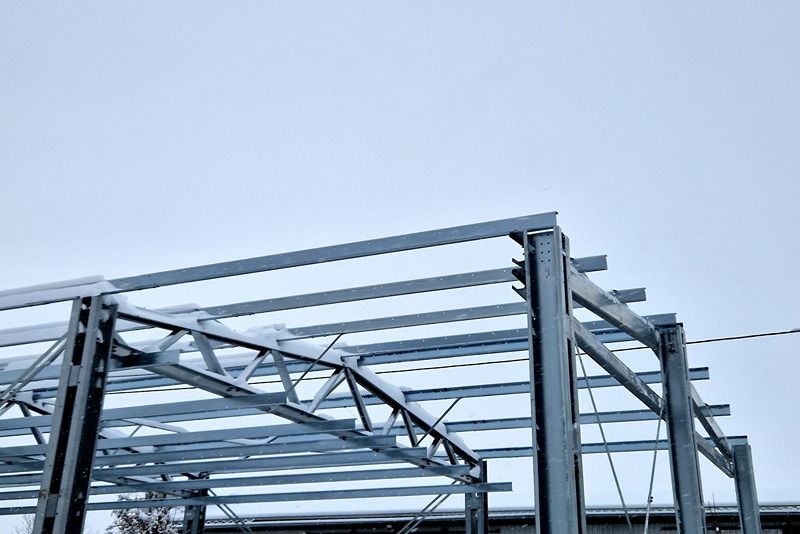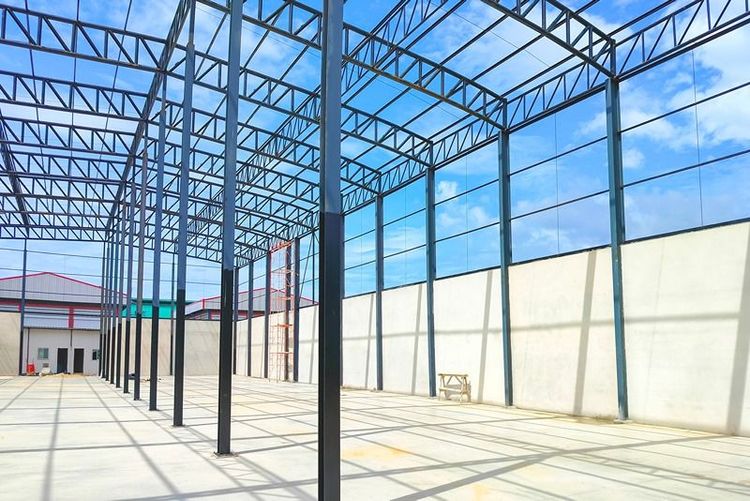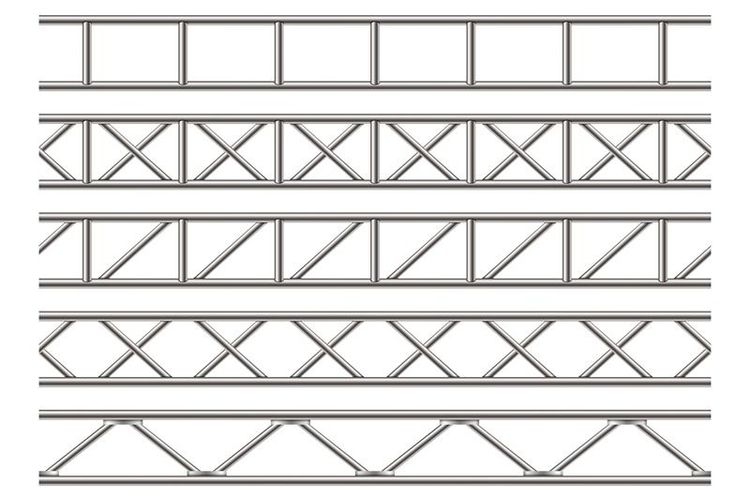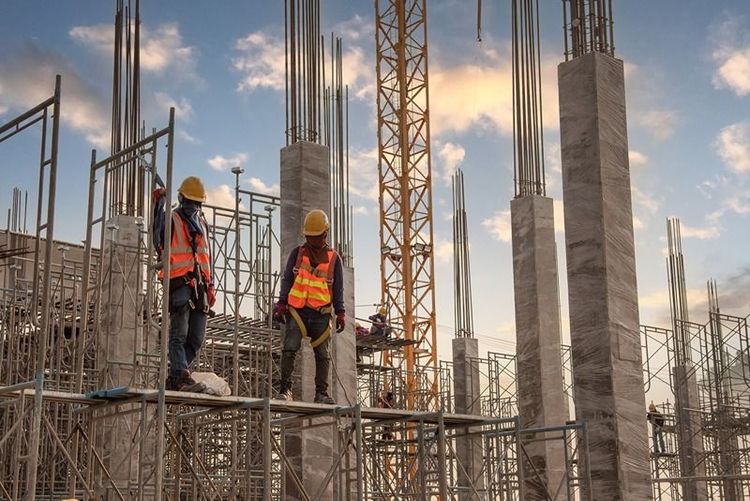Added shear reinforcement: lateral reinforcement, such as stirrups and crossbars welded to the column flanges, can enhance the column's ability to resist shear forces during an earthquake.
Prequalified connections: using prequalified connection details, such as moment-resisting or concentrically braced frame connections, ensures that the connections between the steel columns and beams are designed to withstand seismic forces.
Base isolation: base isolation systems decouple the building from the ground motion by introducing flexible bearings or isolators between the foundation and the superstructure. While this technique primarily applies to the entire structure, it indirectly benefits steel columns by reducing the seismic forces transmitted to them.
Damping systems: damping devices, such as viscous or tuned mass dampers, can be installed within or adjacent to steel columns to absorb and dissipate seismic energy, reducing the structural response to earthquakes.
Performance-based design: utilising performance-based design approaches allows engineers to tailor reinforcement techniques based on the structure's specific seismic hazards and performance objectives, optimising the seismic resistance of steel columns.
Structural steel beams commonly used in construction for structural reinforcement:
Indian standard medium beams (ISMB): They have a standard 'I' shape with relatively narrow flanges and a tapered web. They are commonly used in construction for various applications, such as building frames, bridges, and industrial structures. ISMBs are preferred for medium-span structures where moderate loads are anticipated.
Narrow parallel beams: narrow parallel beams typically refer to beams with narrow flanges and a parallel web. These beams are suitable for applications with height restrictions, but the load-bearing capacity is still essential. They are often used when space is limited, such as in mezzanine floors or roofing structures.







 +91 7208055523
+91 7208055523
 Help & support
Help & support
